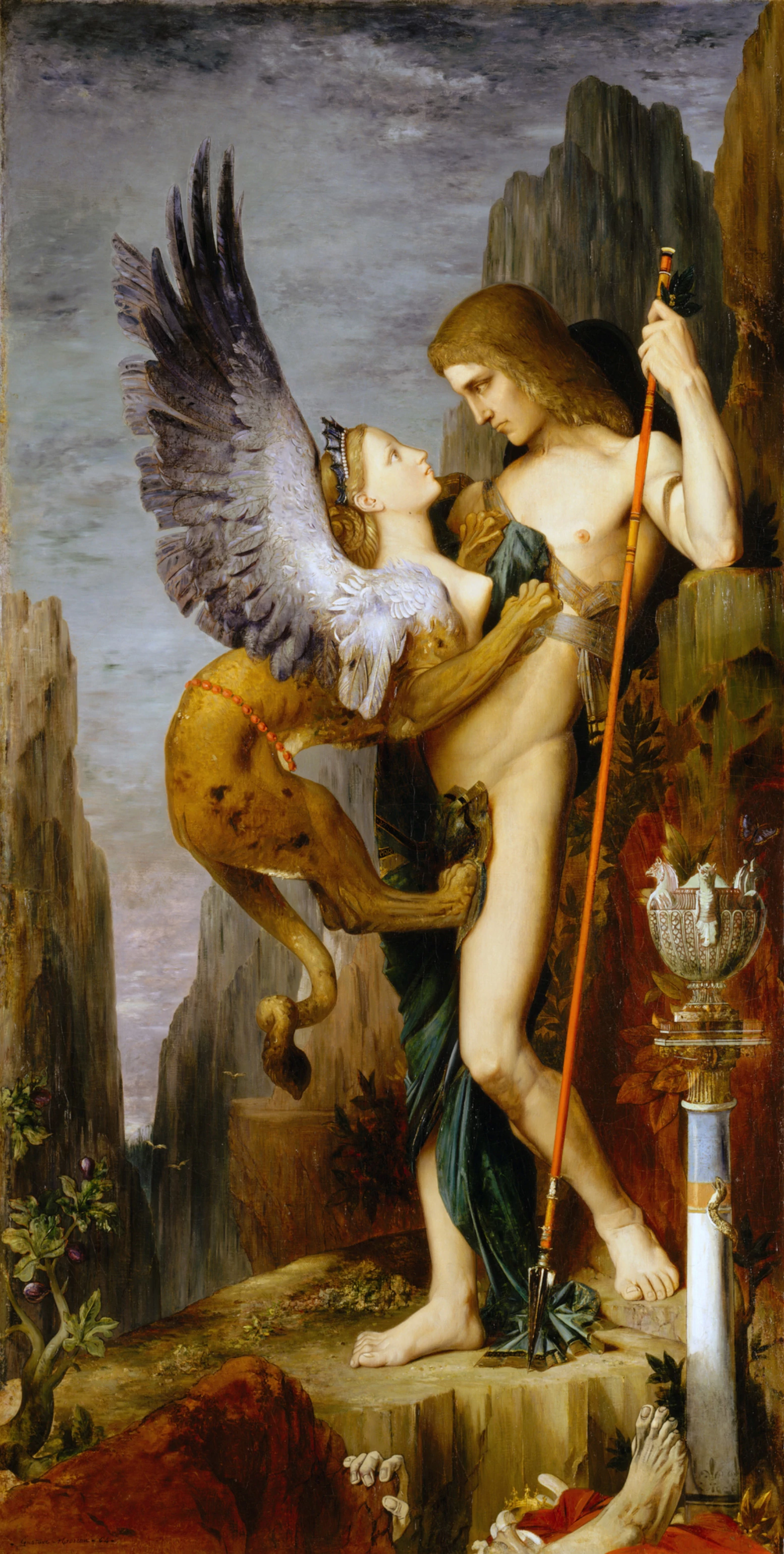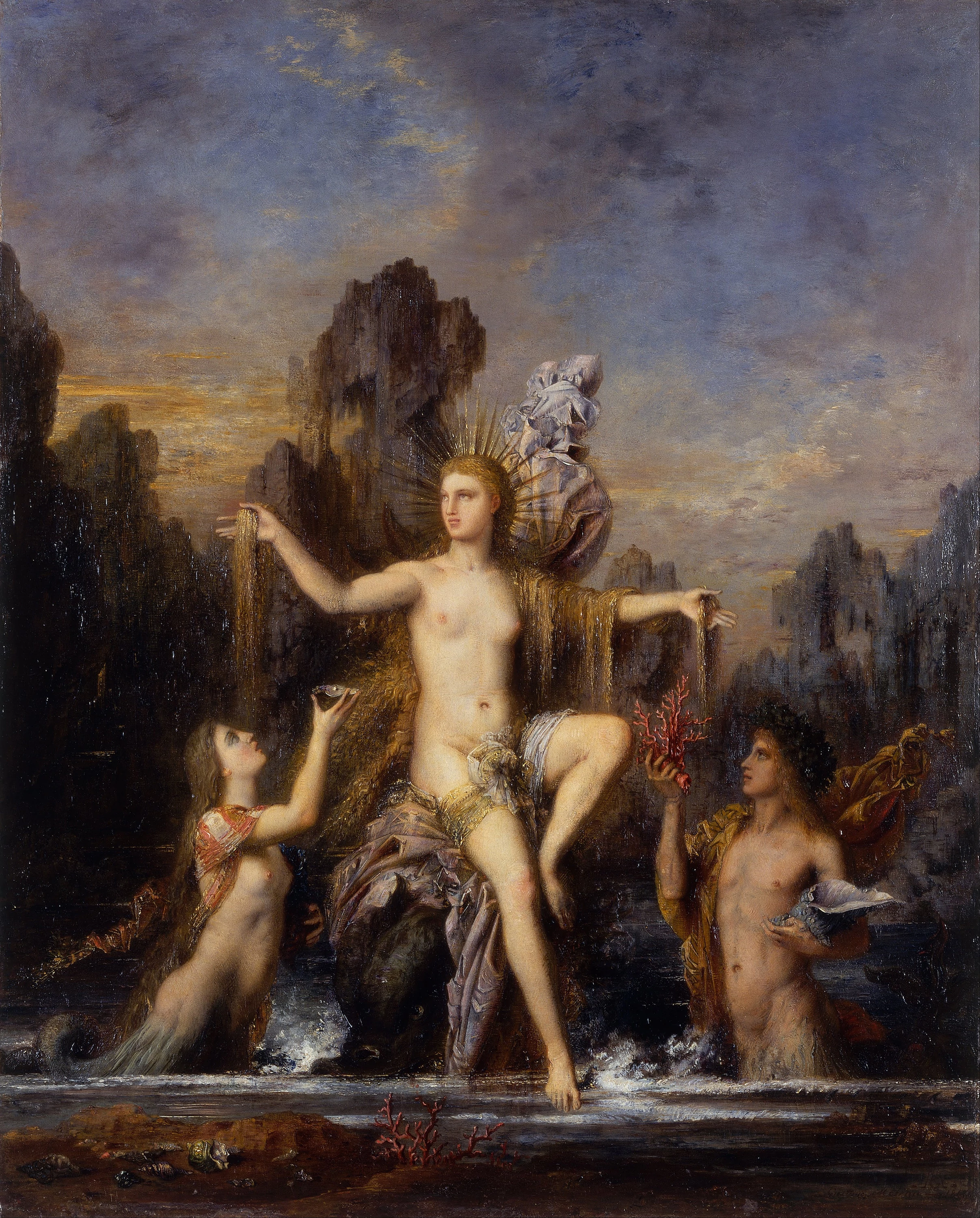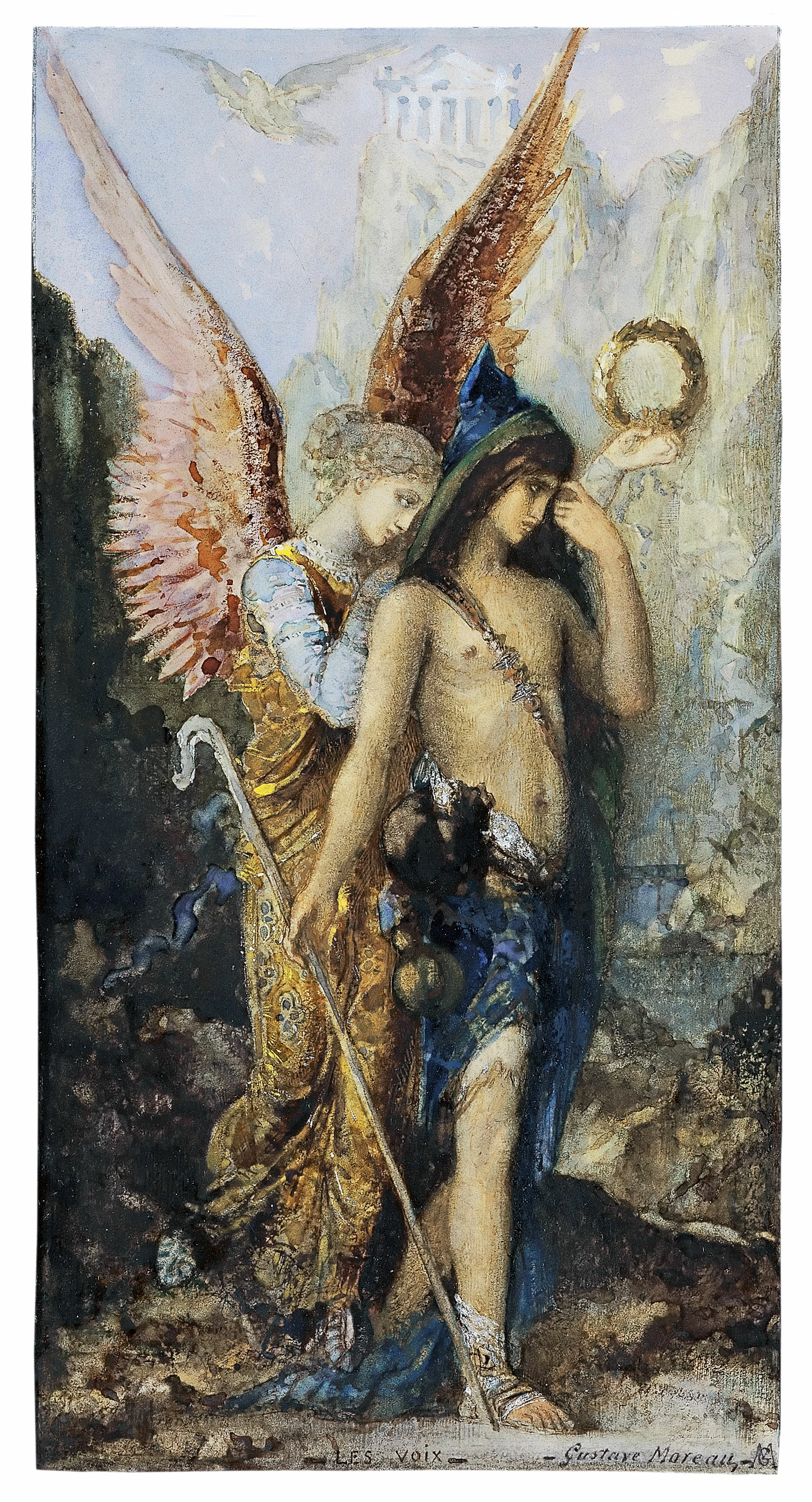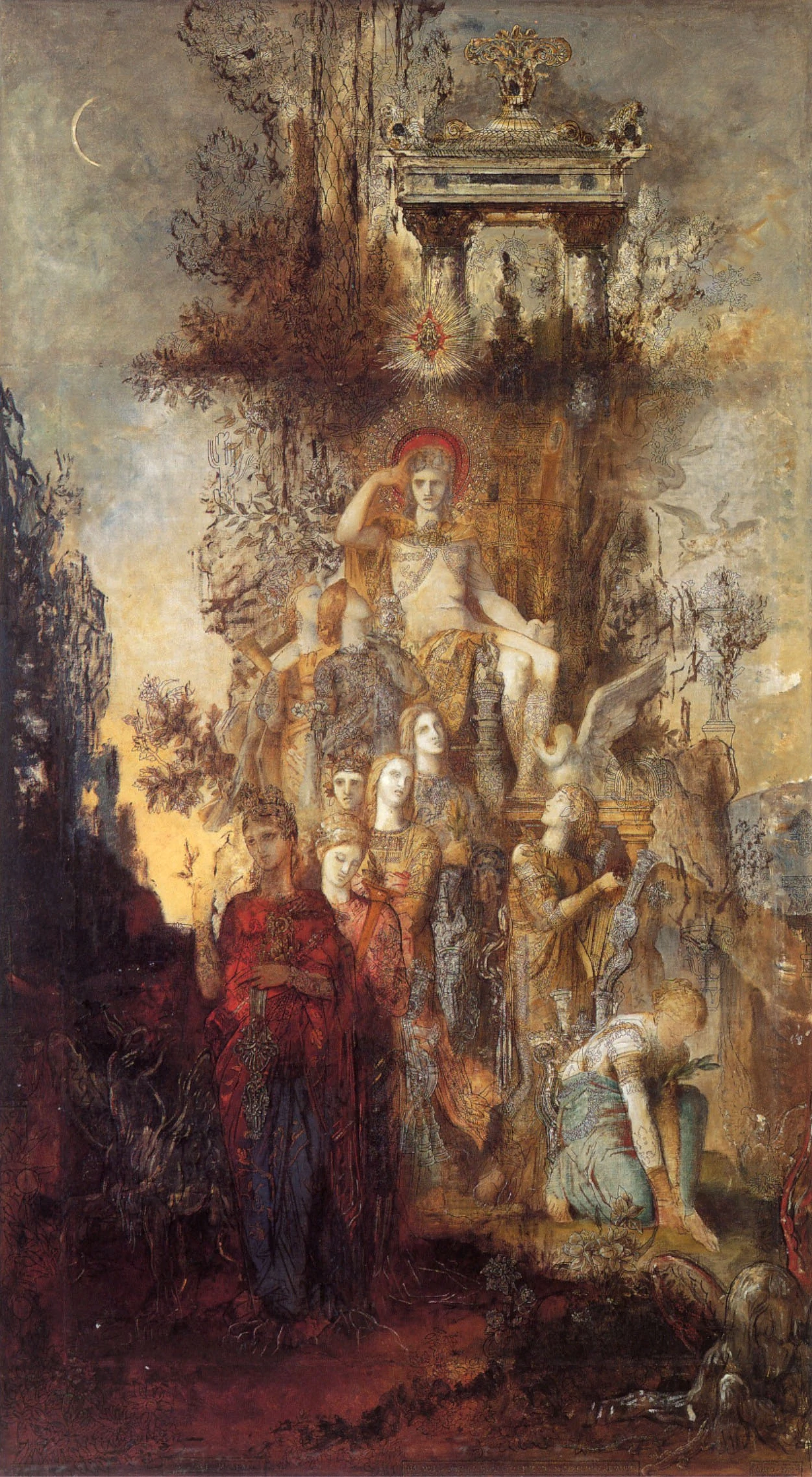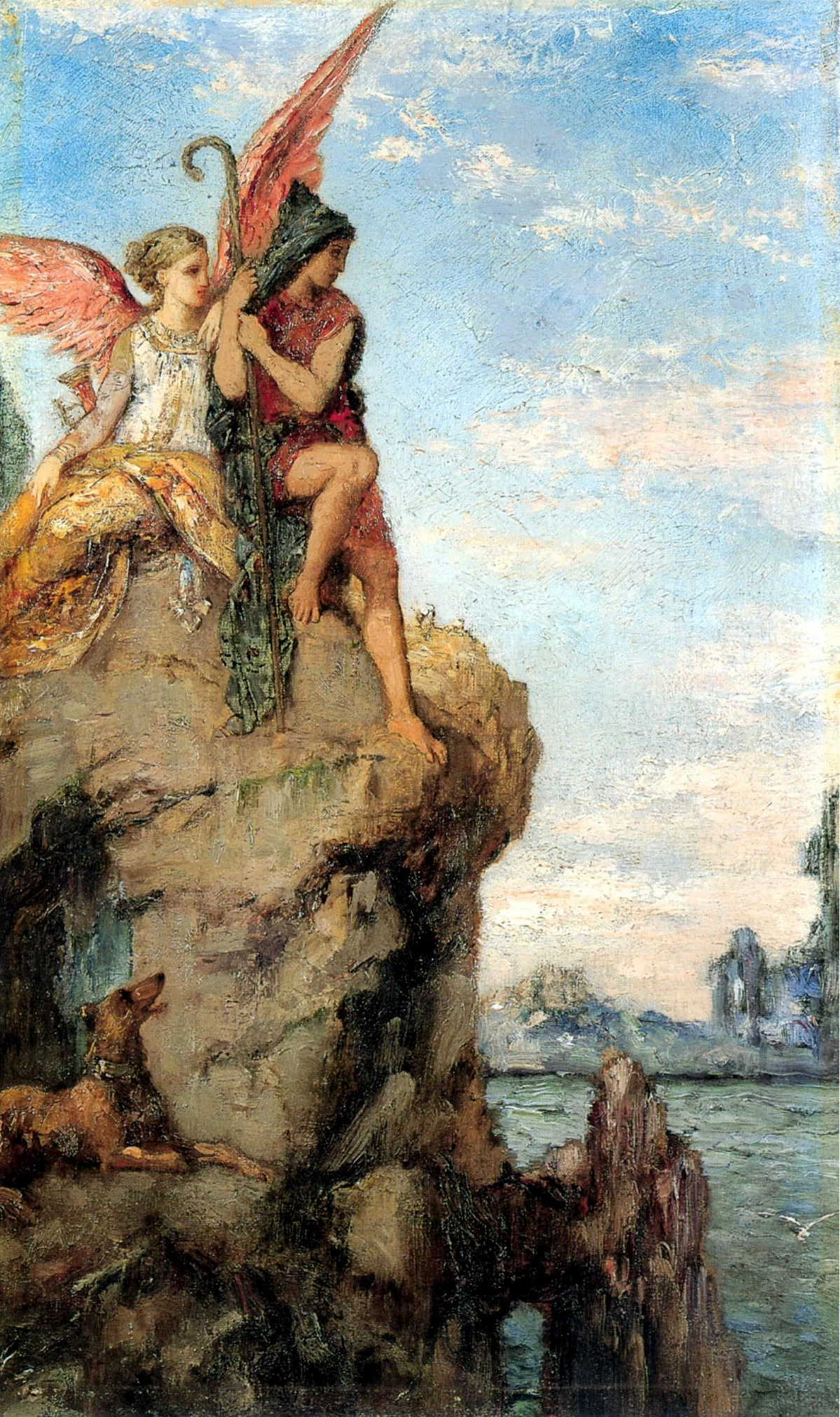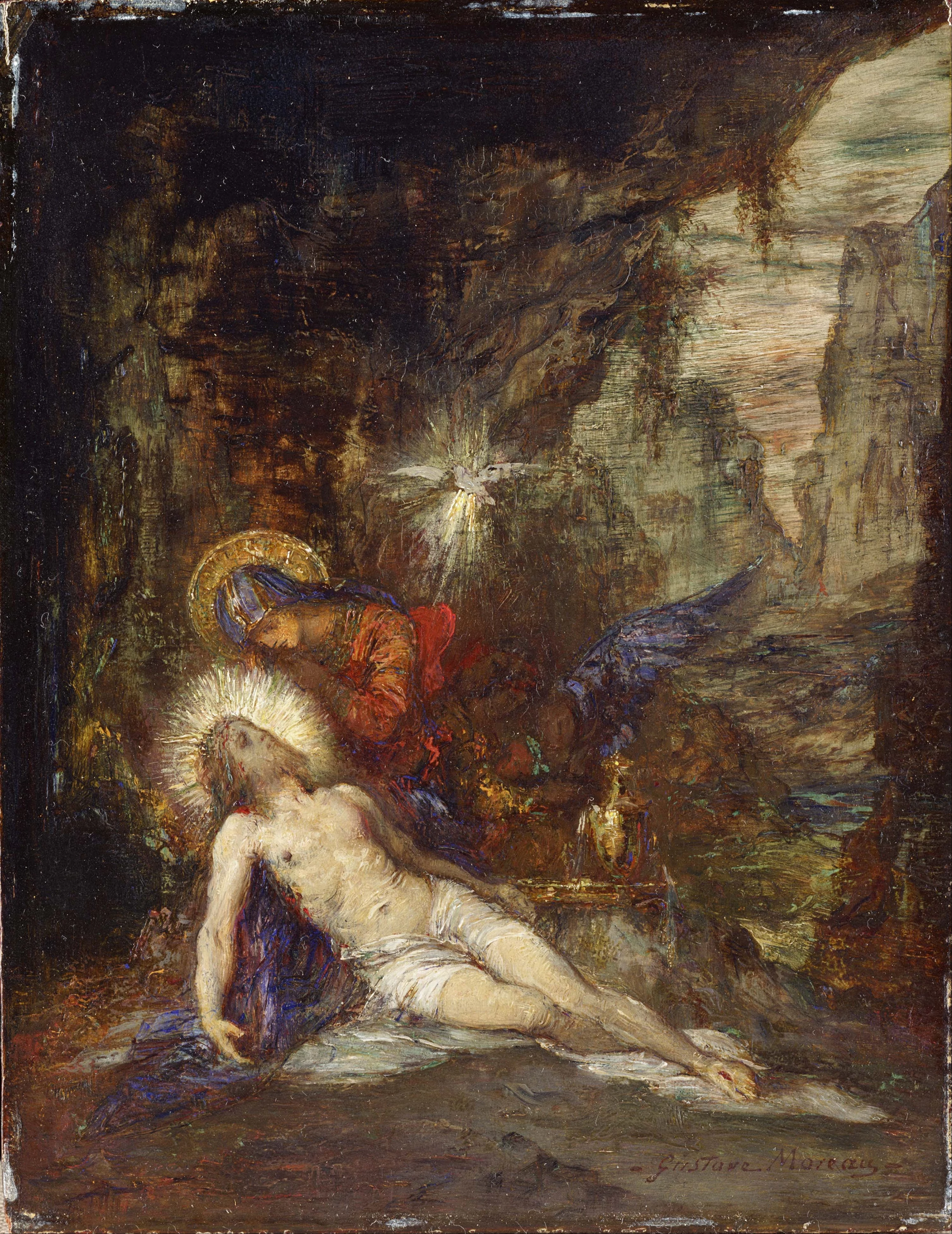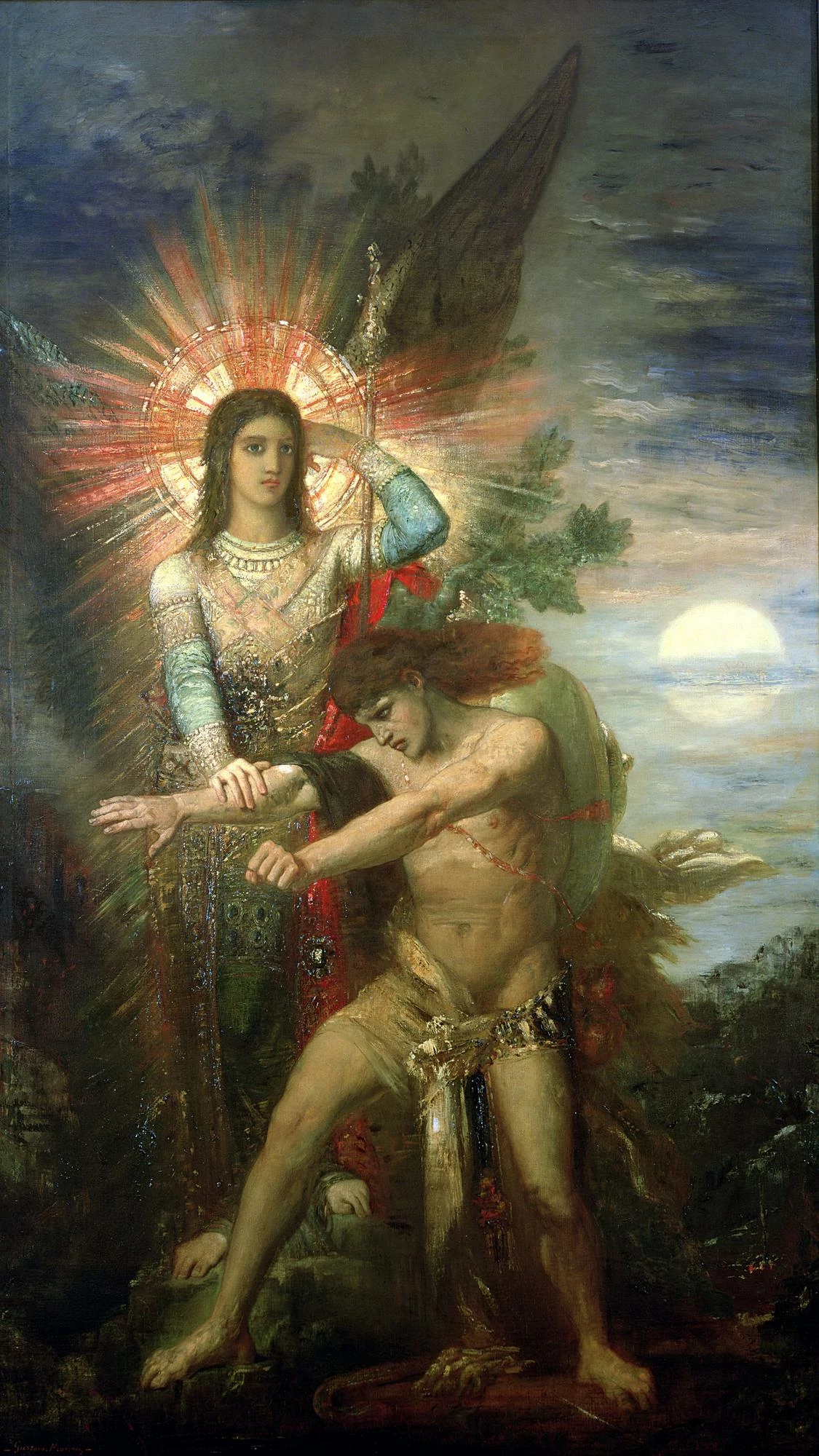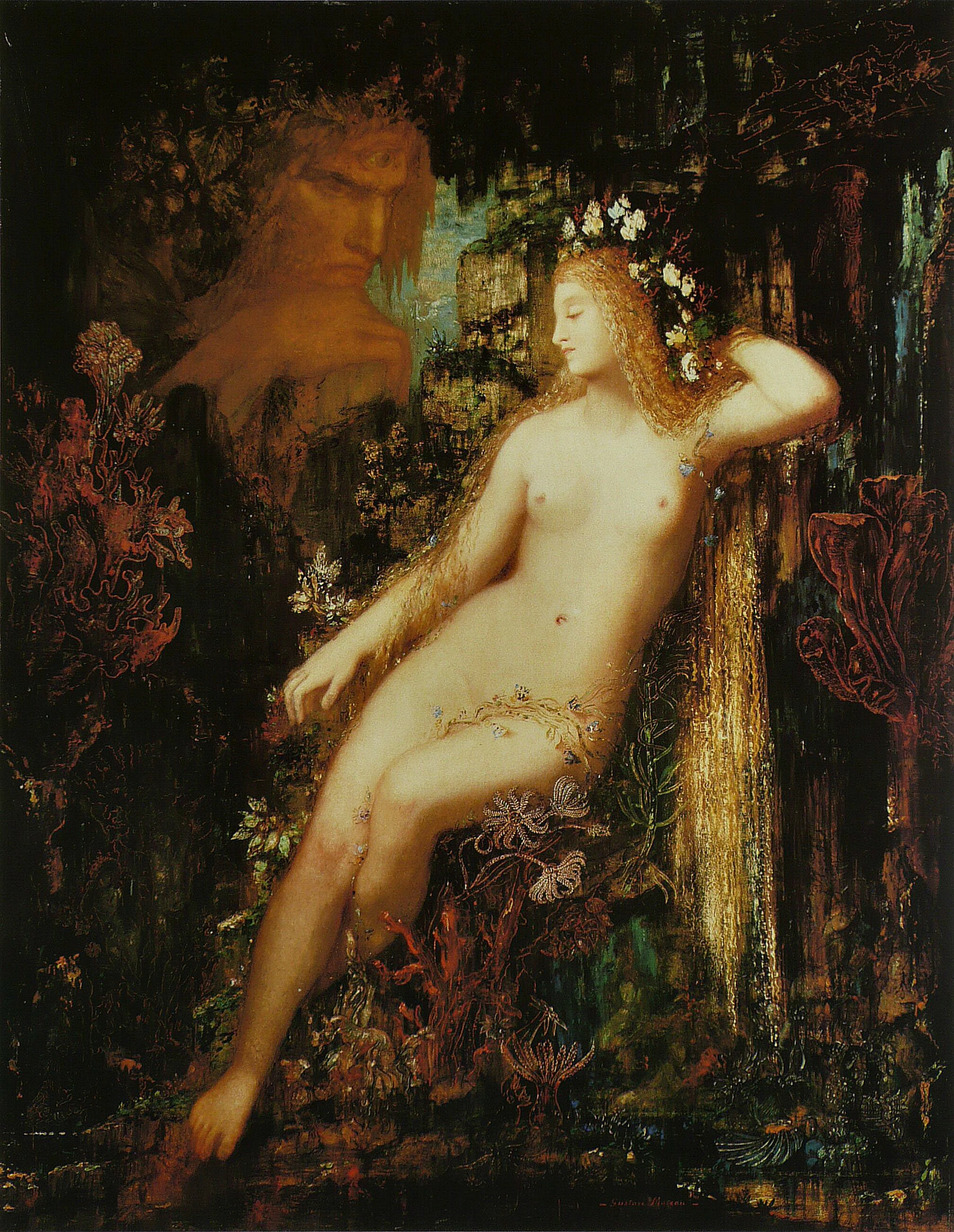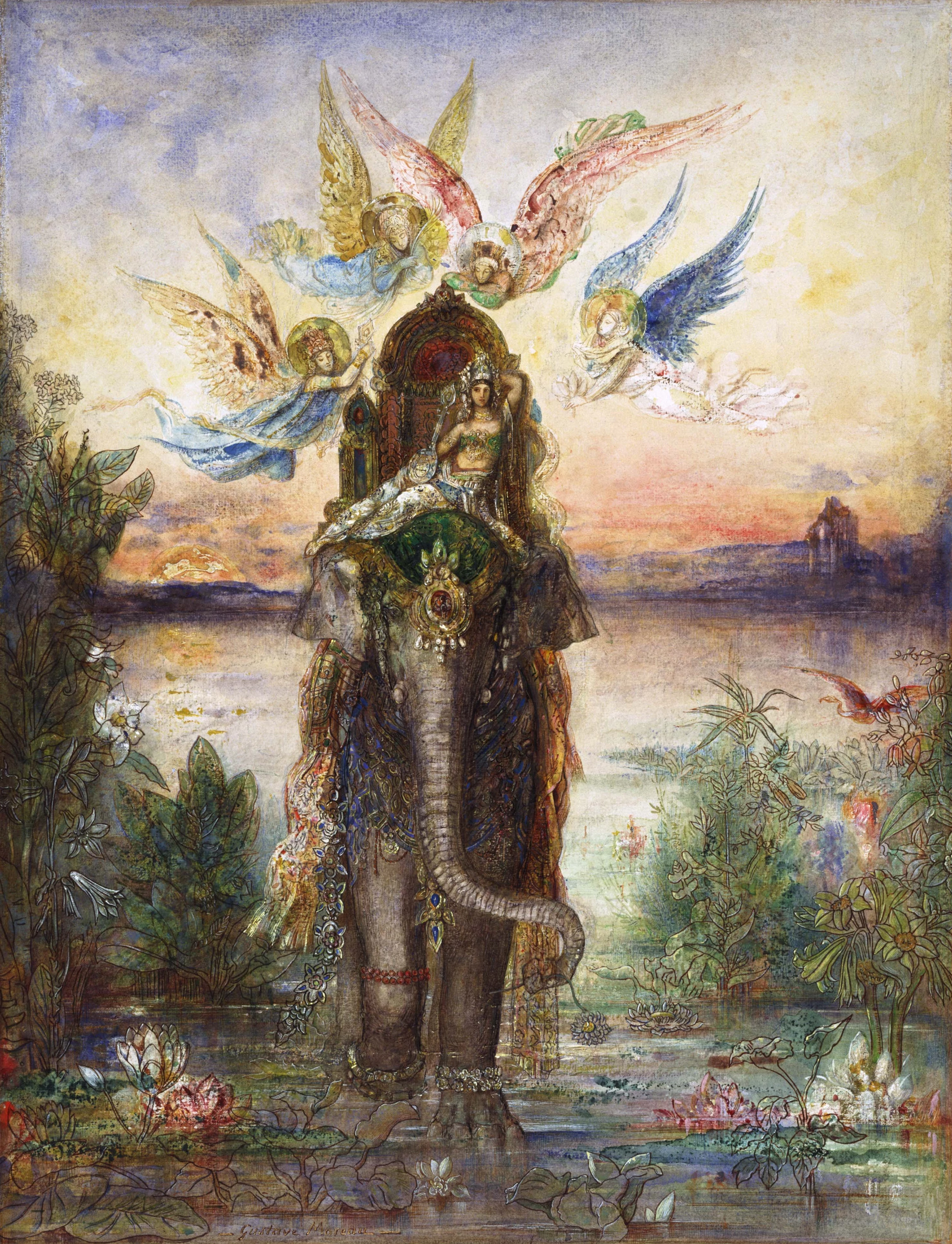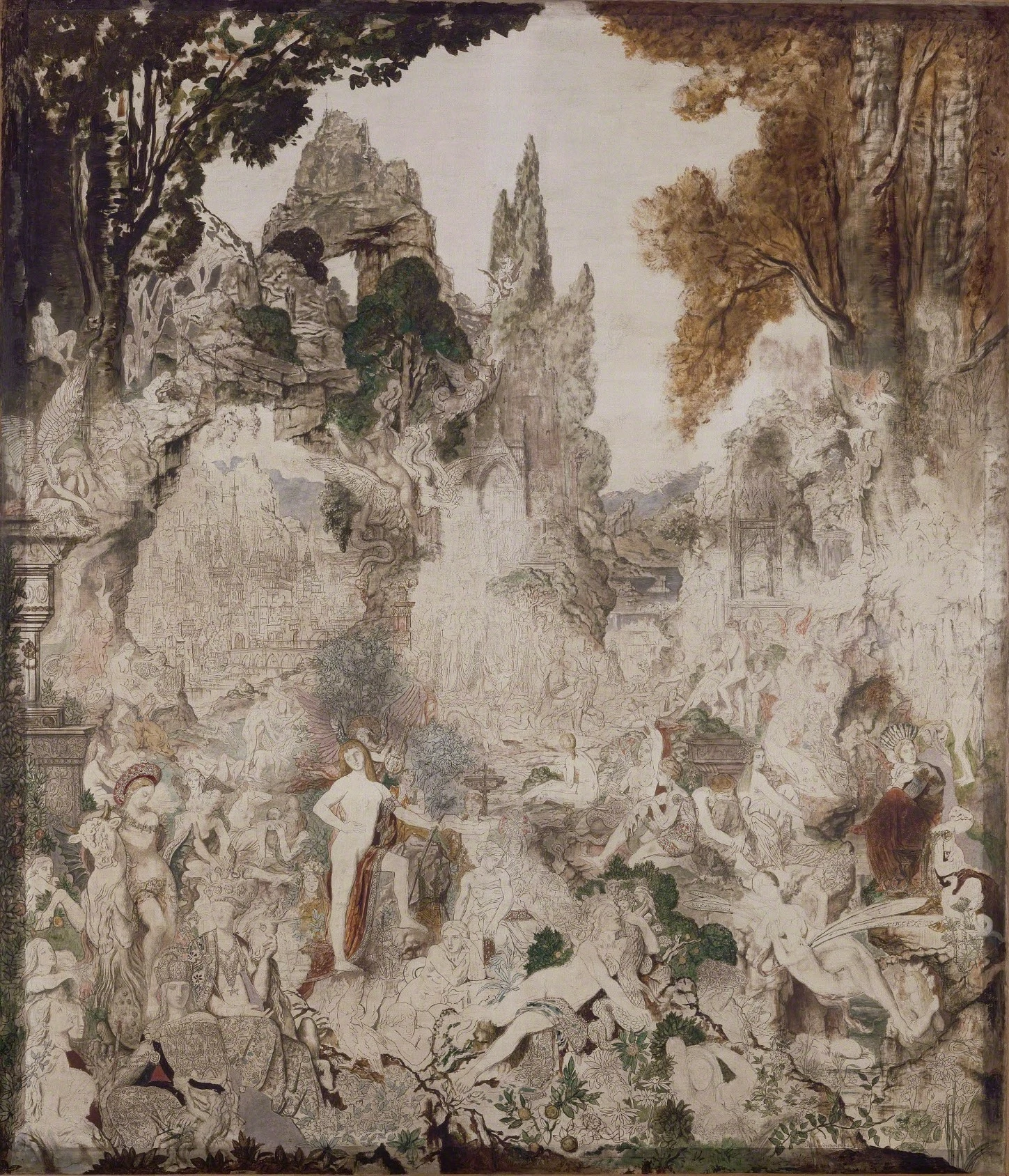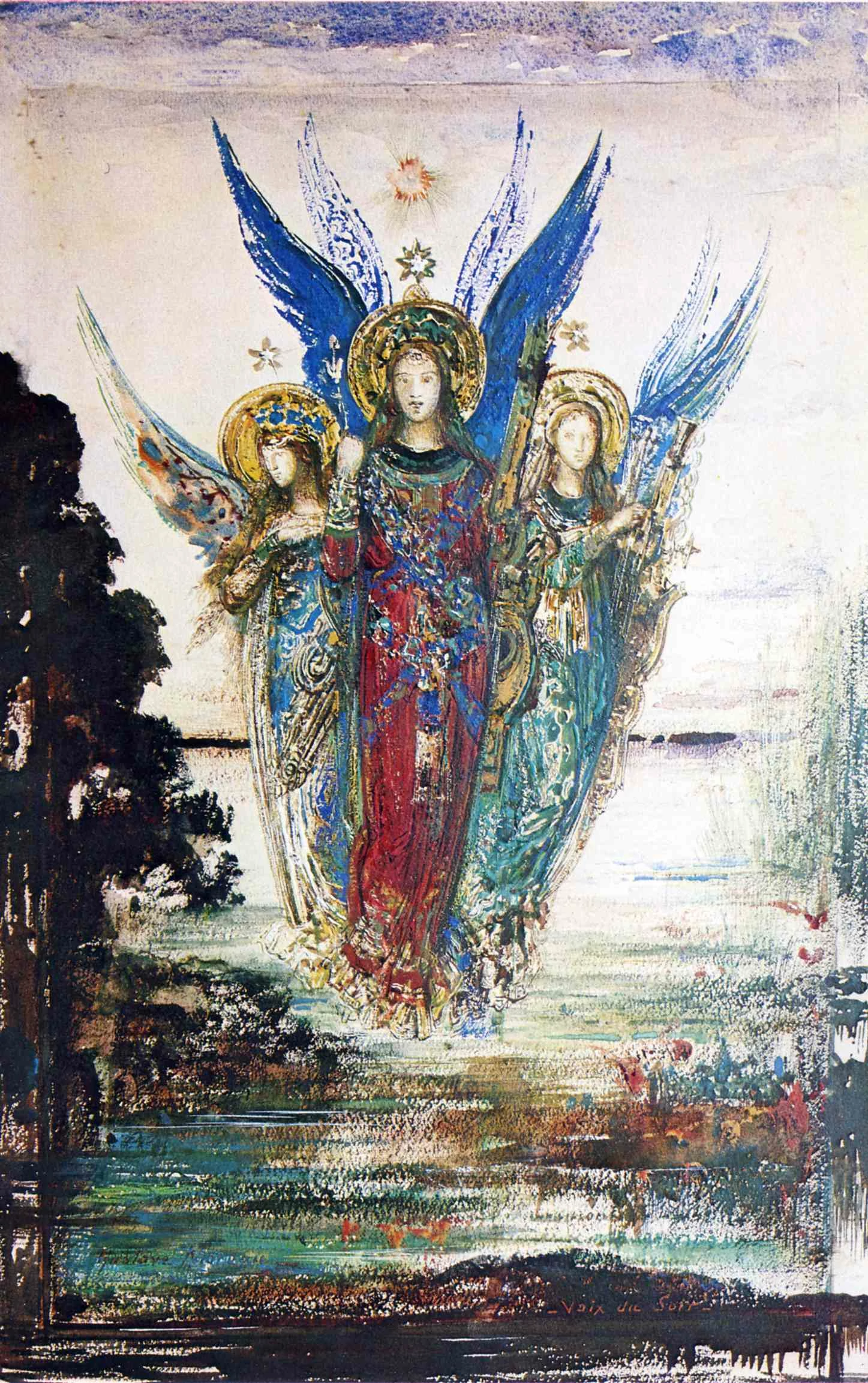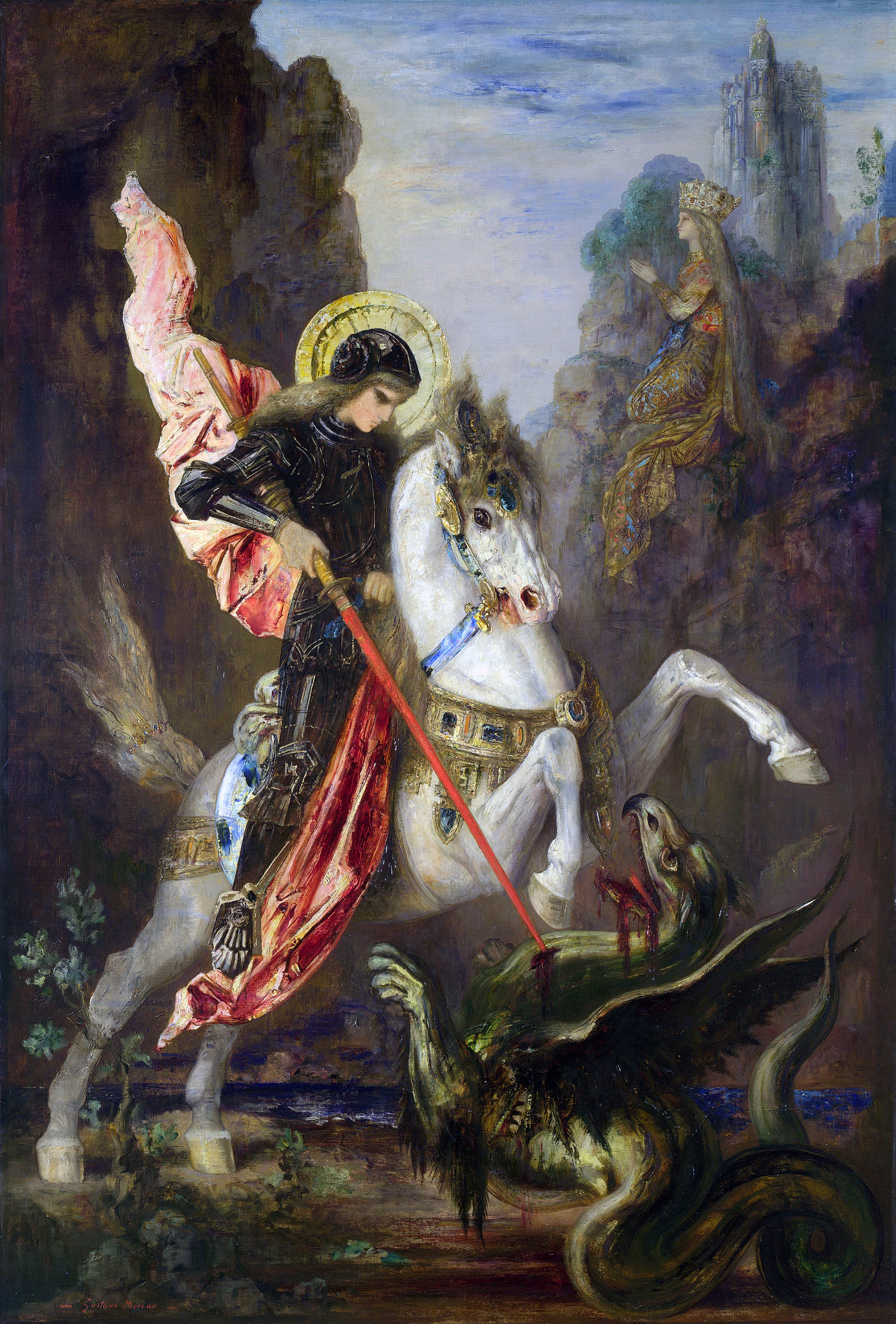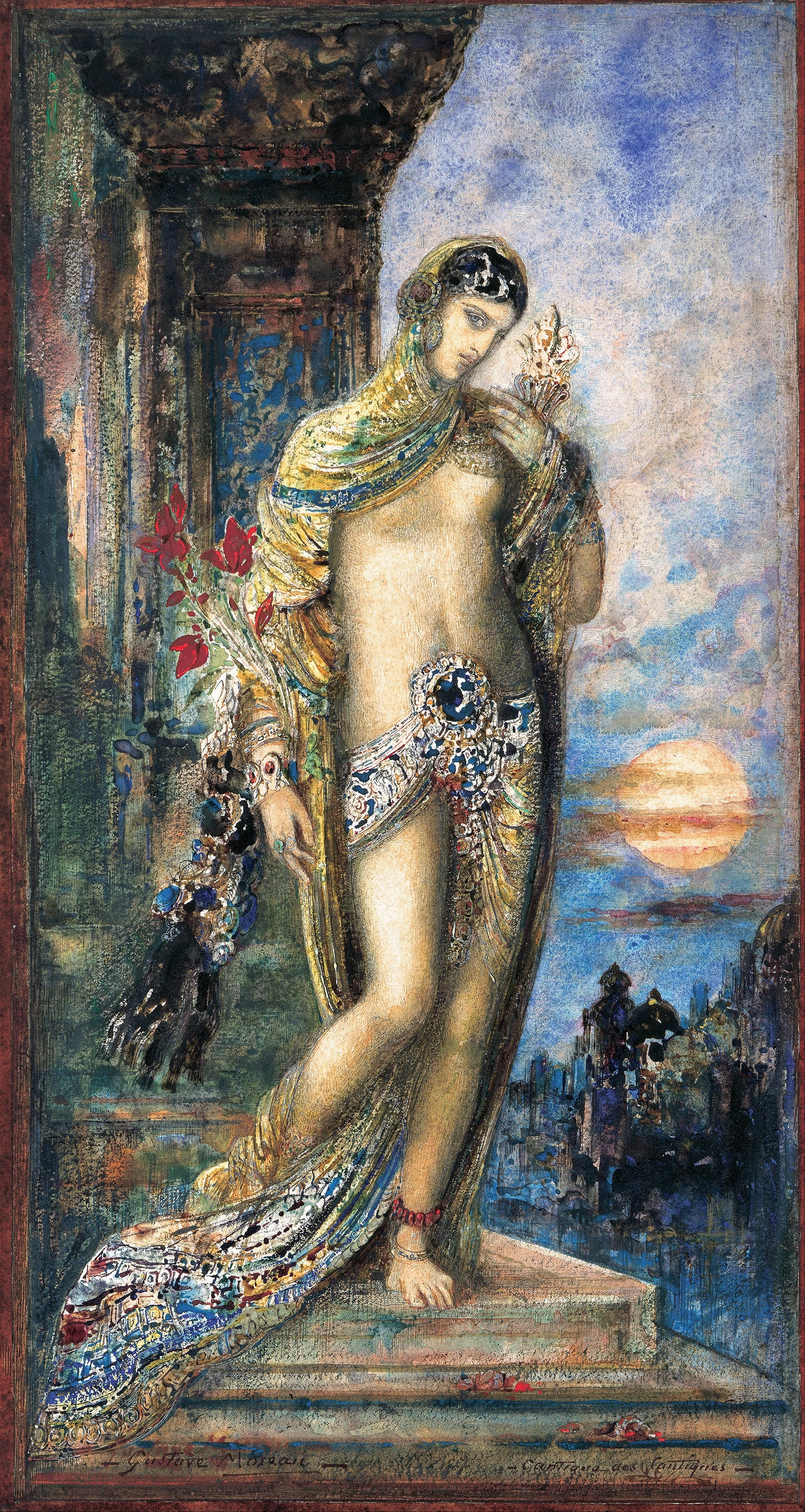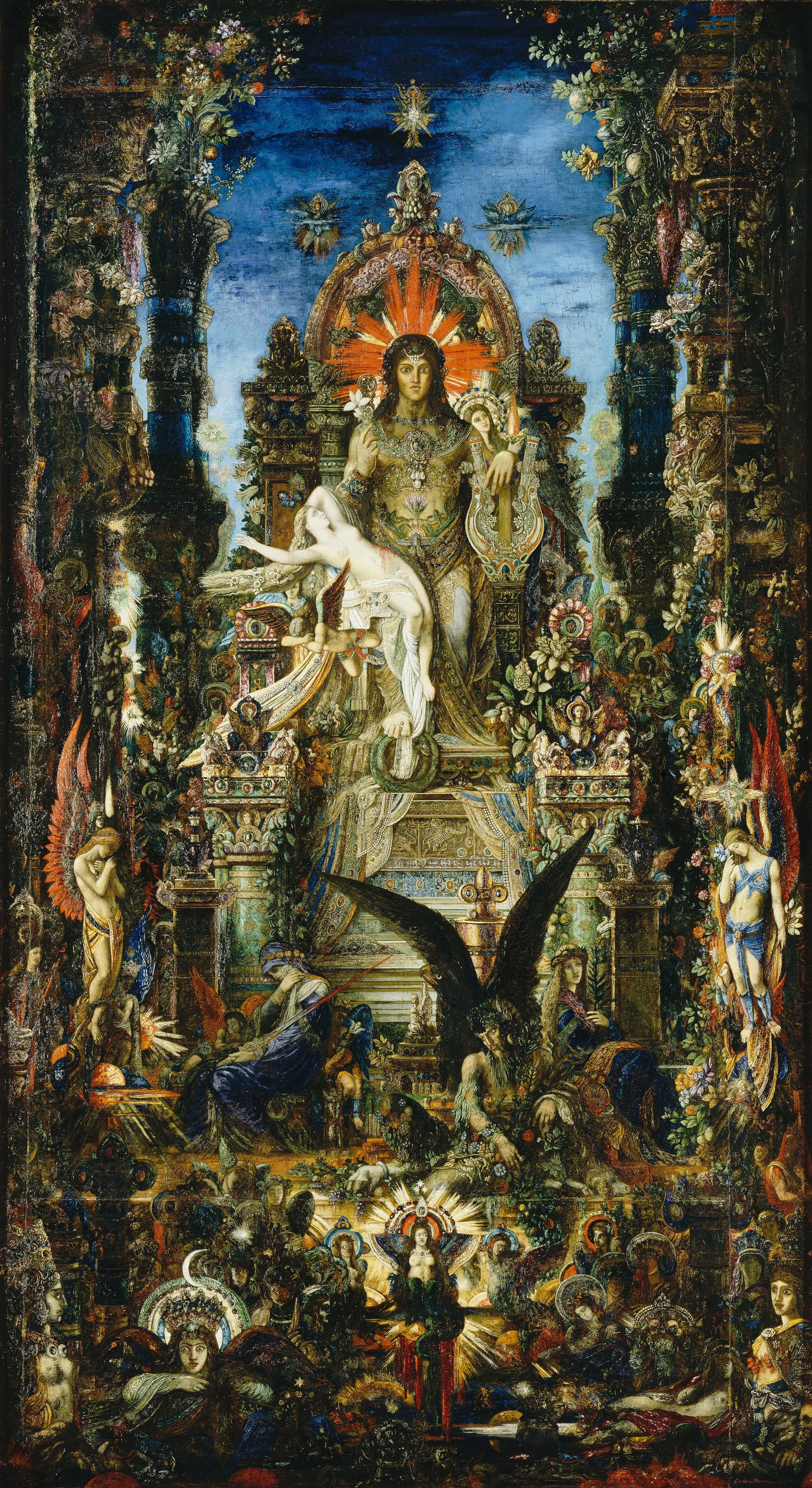Gustave Moreau
A hermit explores the dreamscape
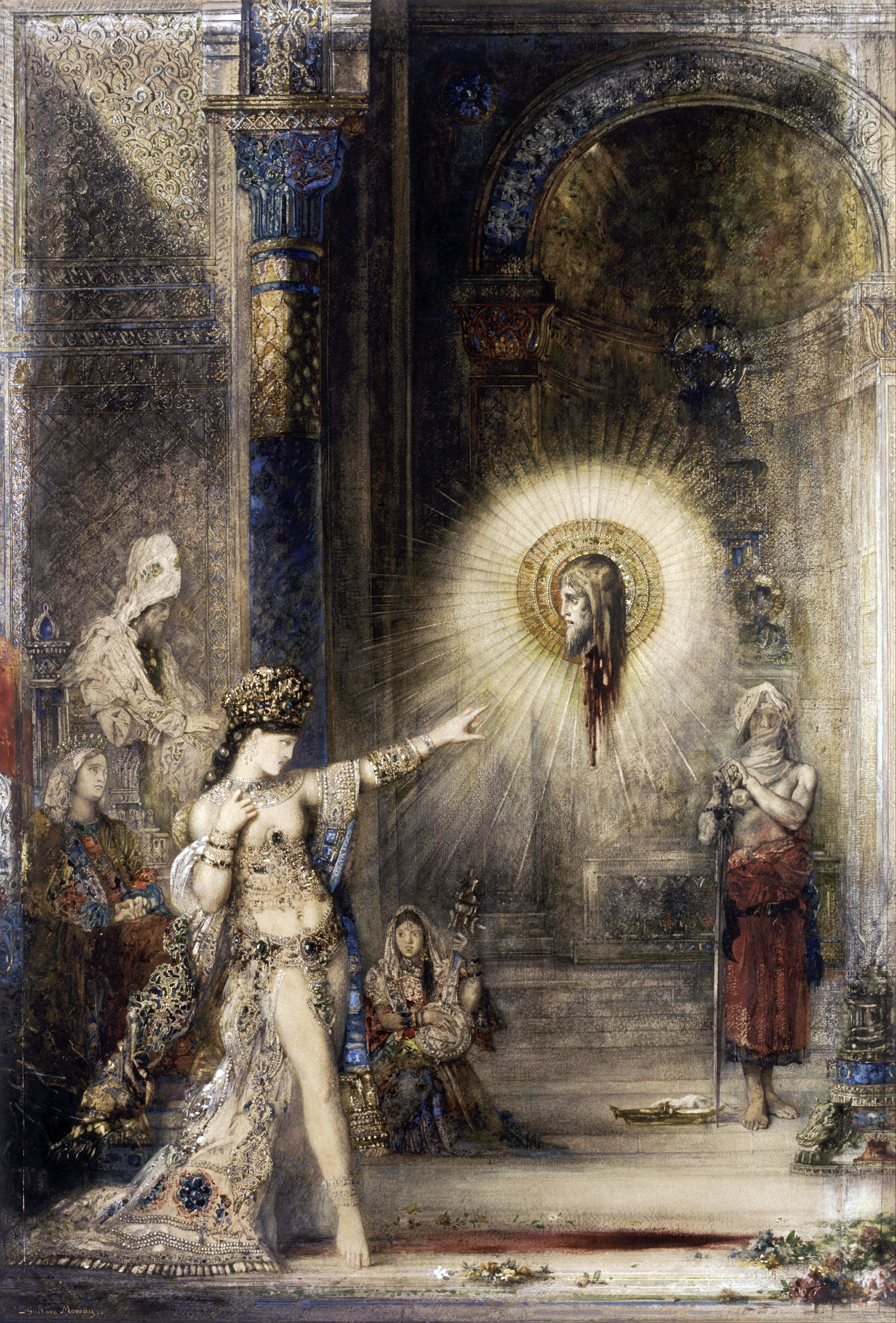
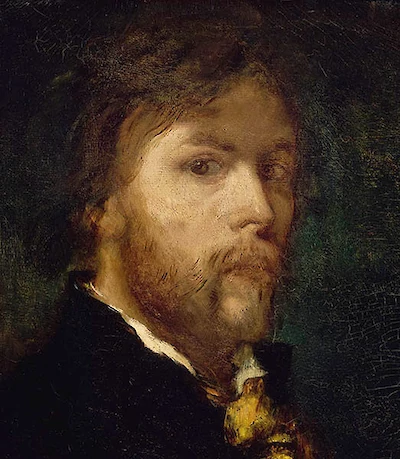


“One thing is uppermost for me, an impulse and ardor of the strongest kind toward abstraction. The expression of human feelings, of the passions of man, interests me very much indeed, but I am less inclined to express these movements of the soul and spirit than to render visible, so to speak, the flashes of imagination that one doesn't know how to situate, that something divine in their seeming insignificance and that, translated by the marvelous effects of pure plasticity, open magical horizons that I would even call sublime.”
Gustave Moreau worked alone, illustrating a quiet world of seraphim and brooding women. Through heavily textured canvases and surreal scenes, Moreau attempted to capture what he called le rêve fixée, “the fixed dream,” a hypnotic state where a person is “rapt in sleep and borne toward other worlds than ours.”
Moreau’s work was alien in his time. Though he lived in France during the rise of Impressionism and worked alongside Gustave Courbet and Édward Manet Moreau was more influenced by Michelangelo and Da Vinci. His images were neither realistic nor impressionist. Moreau was a melancholy romantic, and his haunting artworks were considered naive, melodramatic and childish. His student, Edgar Degas, mocked his attempts at rendering the angelic saying “He would have us believe that the gods wear watch chains.”
So what do you think? Was Gustave Moreau an overly-precious, irrelevant artist, or an influential seeker of the sublime?
